This week we ran our two Roman themed family activity days.
I have to say that both days were a resounding success!!
I have to say that both days were a resounding success!!
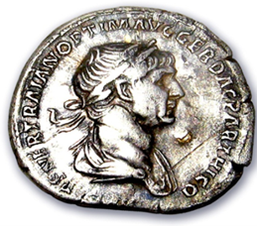 © Portable Antiquities Scheme
© Portable Antiquities Scheme Our first day at Lawrence Weston Community Farm involved eating Roman food and making Roman coins. We had over 25 children join us and they really enjoyed tasting food that the Romans ate and finding out what foods they brought with them.
We also had real Roman recipes for ‘Baked Apples and Calf’s Brain’, ‘Ostrich Stew’ and ‘Fish Sauce’ for children to look at. Majority vote decided that some Roman food was simply yucky!
There was great fun making replica roman coins – it’s amazing what you can do with cardboard, silver paper and glitter glue!!
We also had real Roman recipes for ‘Baked Apples and Calf’s Brain’, ‘Ostrich Stew’ and ‘Fish Sauce’ for children to look at. Majority vote decided that some Roman food was simply yucky!
There was great fun making replica roman coins – it’s amazing what you can do with cardboard, silver paper and glitter glue!!
The second day - Remarkable Romans - was at Bristol Museum & Art Gallery. Over 3000 people came along!!
We had Romans Soldiers from the Ermine Street Guard, Roman makeovers with Reflections Training Academy, dressing up, Roman spinning and weaving, tales of Roman myths with story teller Wilf Merttens, behind the scenes
store tours, real roman objects to examine and my favourite bit – craft activities!!
store tours, real roman objects to examine and my favourite bit – craft activities!!
With my team of simply wonderful volunteers, we were making roman helmets, laurel wreaths and tiaras.
For some reason roman helmets were the most popular activity with boys and girls … might have had something to do with the Roman soldiers walking about …
For some reason roman helmets were the most popular activity with boys and girls … might have had something to do with the Roman soldiers walking about …
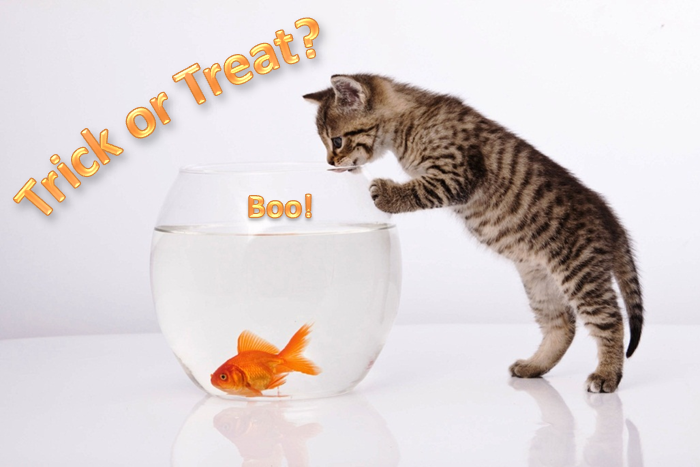
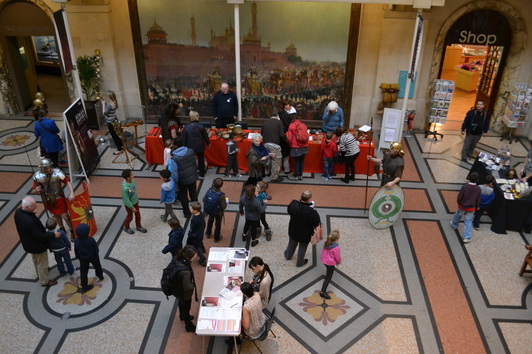
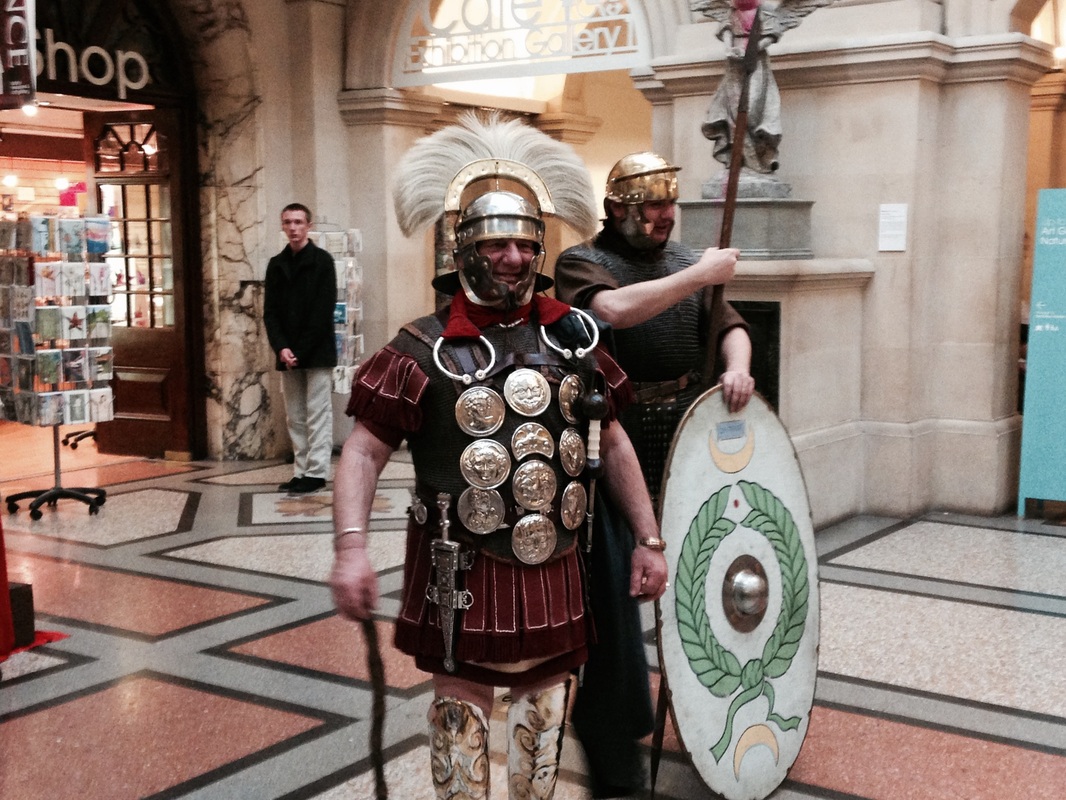
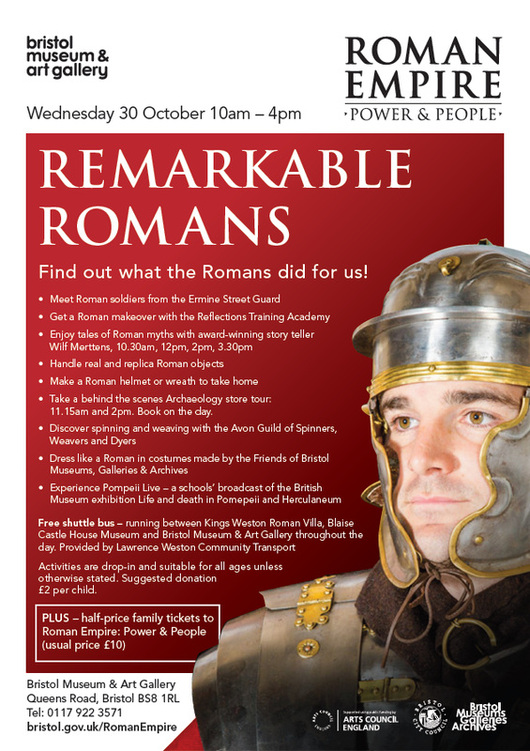
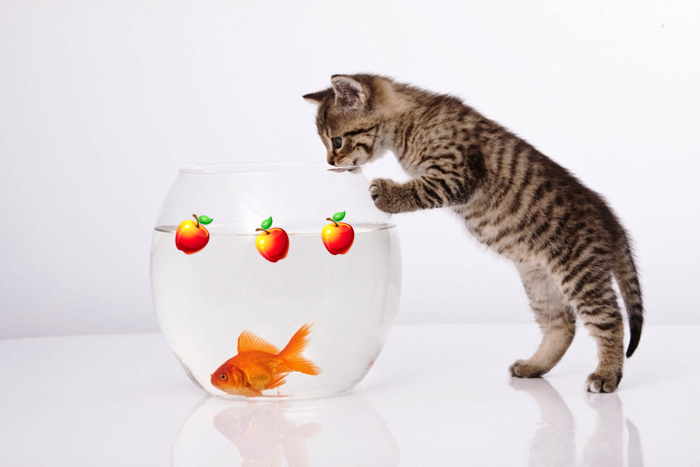
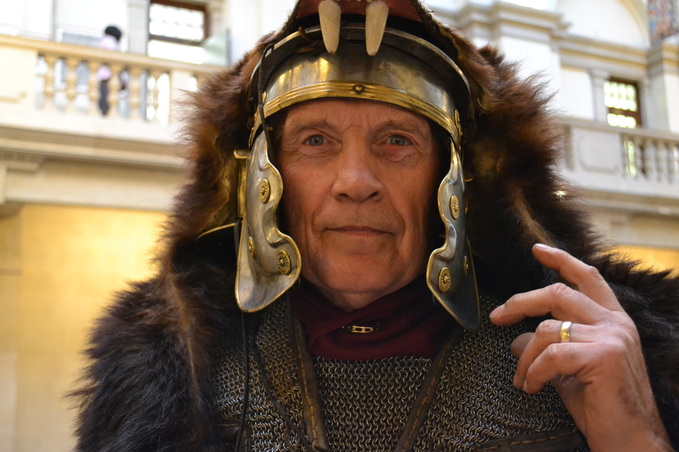
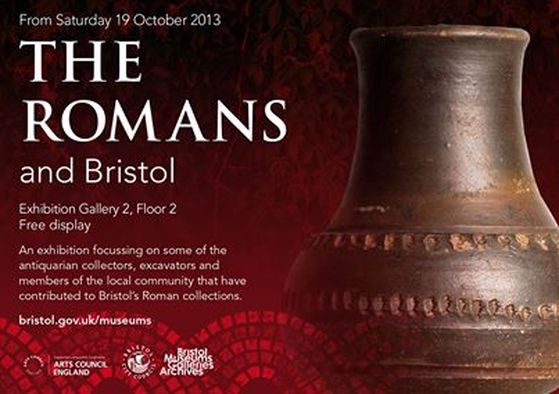
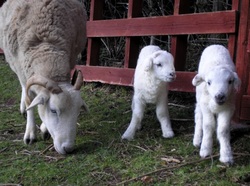
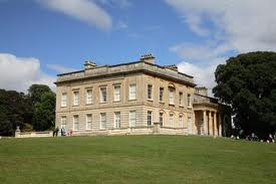
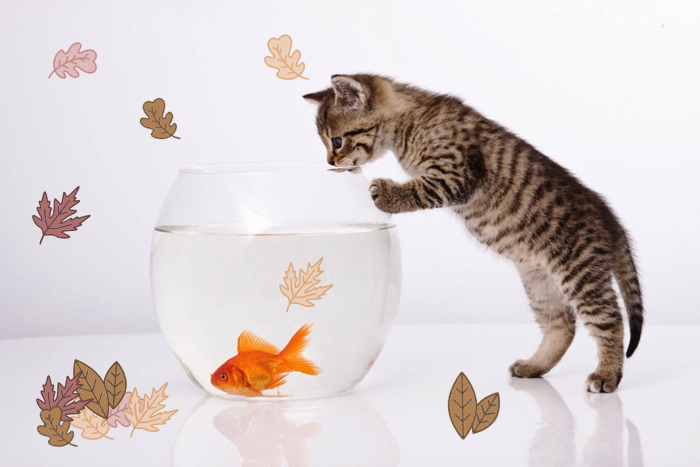
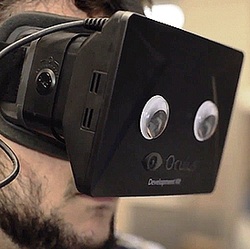
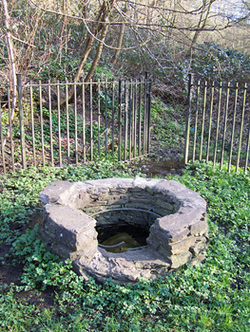
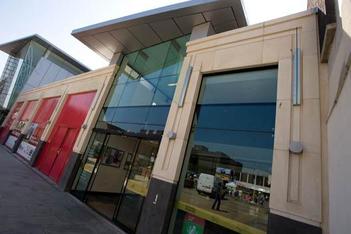
 RSS Feed
RSS Feed
